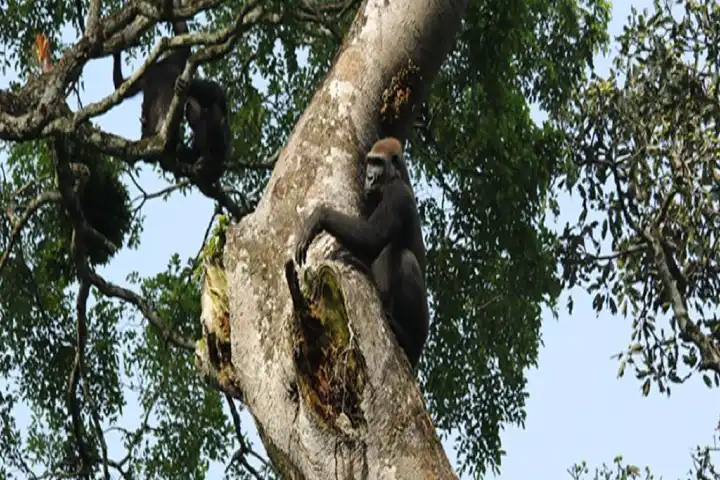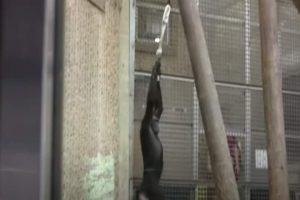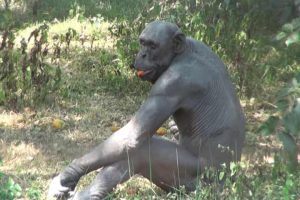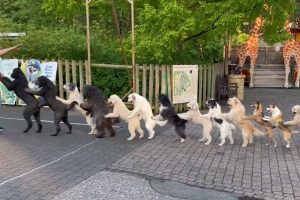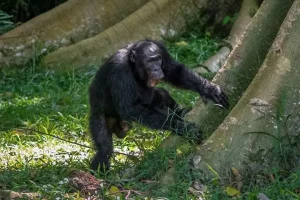It is rare for two different types of animals to hang out together. When chimpanzees and gorillas were found for the first time enjoying enduring, friendly and collaborative ties, it caught the attention of scientists.
Sharing details about this, a report in sciencealert.com stated this relationship was seen in Goualougo Triangle, in Republic of Congo where these two types of primate cross paths.
Usually, these interactions may turn violent but not in this case where western lowland gorillas and chimps share 250 sq. km of forest to live peacefully. The normal get-together was for an hour but at times it got extended for eight hours which witnessed chasing, eating, jostling, and playing.
Also read: Here’s how chimpanzees send long distance messages through trees
While such interactions had been noticed earlier this is the first documentation of it.
Talking about this, Crickette Sanz, biological anthropologist from Washington University in St. Louis said: “There are few (if any) studies of interactions between primate species that have been able to take the identity of individuals into account. It has long been known that these apes can recognize individual members of their own species and form long-term relationships, but we had not known that this extended to other species.”
Sanz and his associates took into account 33 interactions between gorillas and chimps from 1966 and 2020 while their present observations accounted for 206 associations.
Their deductions negated the theory that the two animal types came together to reduce risks of predation since it was found larger chimps spent time with gorillas rather than smaller ones who are prone to attacks.
Individual chimp and gorillas left their groups to join the assembly of other species. Scientists suggest that the reason for this was incentives in terms of sharing information and foraging.
Interestingly when chimps announced finding a fruiting fig, gorillas came over. The study authors observed: “Chimpanzees did not exhibit any similar behaviours that would indicate they were attracted to food sources by gorillas. Although further research is warranted on the temporal patterning of interspecific associations at particular food resources, we suggest that gorillas may exploit chimpanzee knowledge of the location of ripe fig.”
Also read: Gorillas develop new sound to connect with zoo keepers
The chimps probably gained benefits like interspecific grooming, childcare, or play.
Summing up the study, Jake Funkhouser, a biological anthropologist said: “No longer can we assume that an individual ape’s social landscape is entirely occupied by members of their own species.”
He added: “The strength and persistence of social relationships that we observed between apes indicates a depth of social awareness and myriad social transmission pathways that had not previously been imagined. Such insights are critical given these interspecies social relationships have the potential to serve as transmission pathways for both beneficial socially learned cultural behaviours and harmful infectious disease.”
Details of this study were published in iScience.






